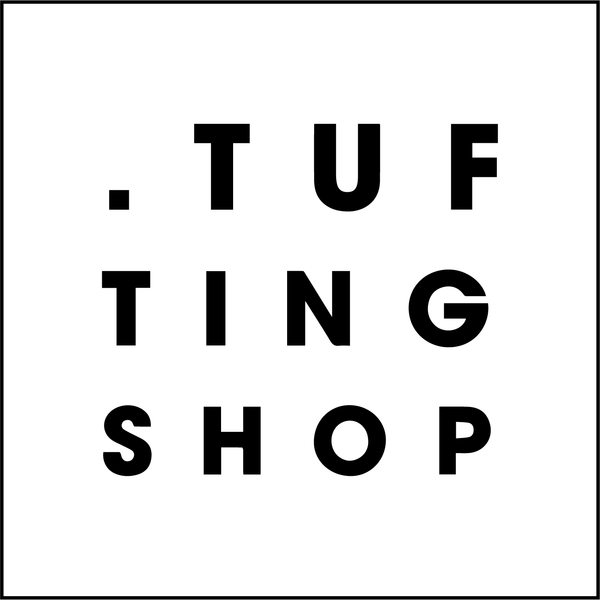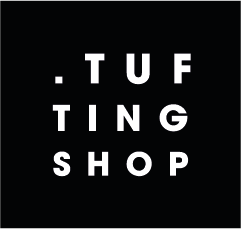
Wool yarn: How it is made
Share
TuftingShop's Wool: From Fleece to Yarn
Starting with Healthy Fleece
The journey to high-quality wool yarn starts with a healthy fleece. The selected fleece should have a natural luster, elasticity, and a minimal amount of lanoline. Special care is taken to avoid fleeces contaminated with foreign materials like hay or straw.
Washing and Preparing the Fleece
Before carding or spinning can begin, the fleece must be thoroughly washed to remove natural grease and any remaining impurities. This prepares the wool for the subsequent processes, ensuring that it is as clean and pure as possible.
Carding the Wool
The clean, washed wool is then carded. Carding is the process of aligning the wool fibers in the same direction, effectively detangling and cleaning the fibers further. This is done using a carding machine that has multiple rolls filled with millions of tiny needles.
Preparing for Spinning: The Condensor Stage
Once carded, the wool goes through another step known as the condensor. Here, the aligned wool fibers are further processed and cut into thin strips. This process requires precise control and is generally a two-person operation. These strips are essential for the spinning process, and perfecting them is crucial for high-quality yarn.
Spinning the Wool
The prepared thin strips of wool, also known as roving, are then taken to the spinning machine. This machine can handle multiple spools simultaneously, spinning each into fine yarn.
Dyeing the Wool
After the wool has been spun into yarn, it undergoes the dyeing process to add color. Depending on the desired hues, the yarn can be dyed in a variety of ways, including immersion dyeing, where the yarn is submerged into a dye bath, or hand-painting for more intricate color patterns. The dyes used are often eco-friendly to maintain the wool's natural properties and to be sustainable. Once the dyeing process is complete, the yarn is carefully rinsed and set to dry, locking in the vibrant colors.
Final Steps: Twisting and Winding
After the dye has set and dried, the yarn goes through a final set of procedures. It is twisted to balance the fibers, adding durability and strength to the yarn. Once this is done, it is wound onto larger spools or skeins, making it ready for various textile applications.
The Finished Product: TuftingShop's Wool
The final yarn is a high-quality product suitable for all kinds of crafts, from knitting and crocheting to weaving and tufting. Each strand tells a story of craftsmanship, from the careful selection of fleece to the meticulous dyeing process.
Now, the wool is finally ready to be transformed into beautiful, sustainable, and durable textiles. Whether you're a hobbyist or a professional, TuftingShop's wool offers you the best quality yarn to bring your creative visions to life.

